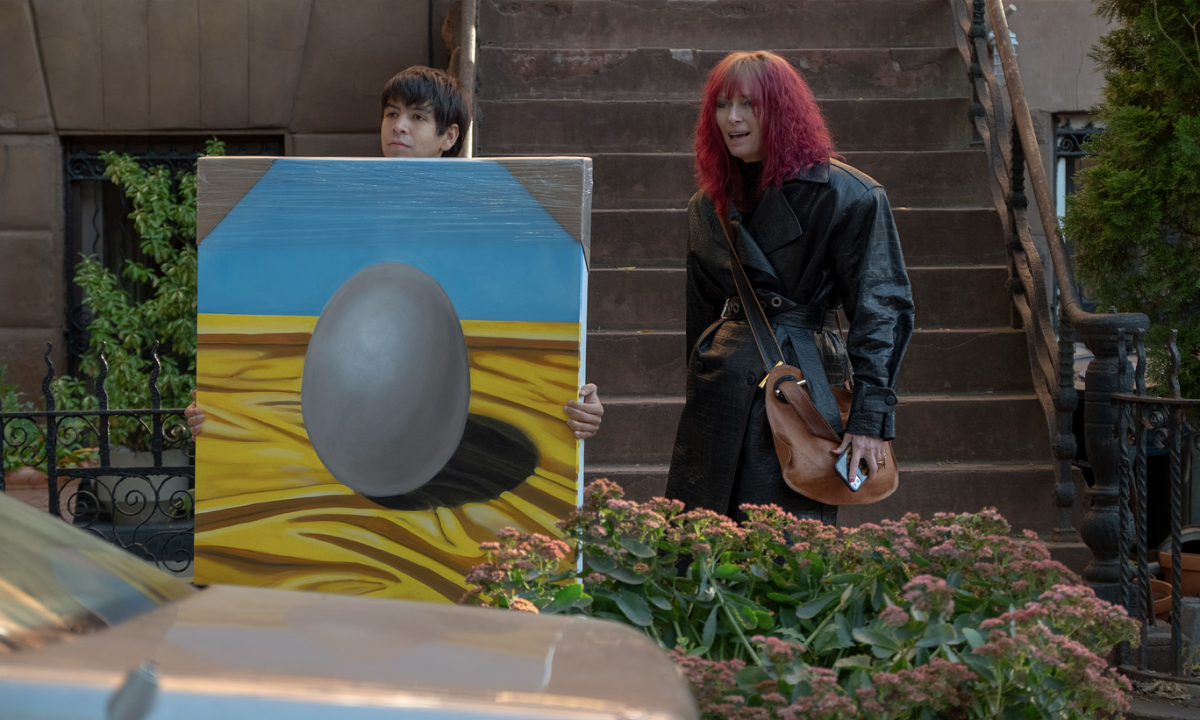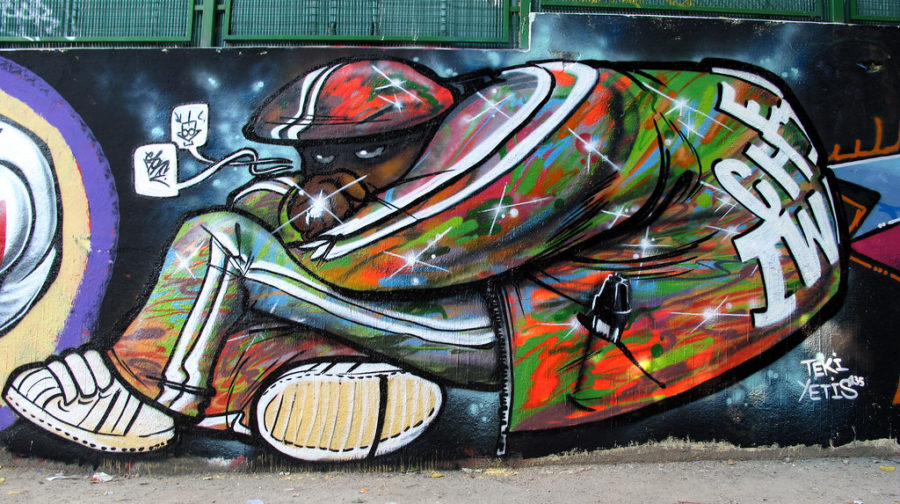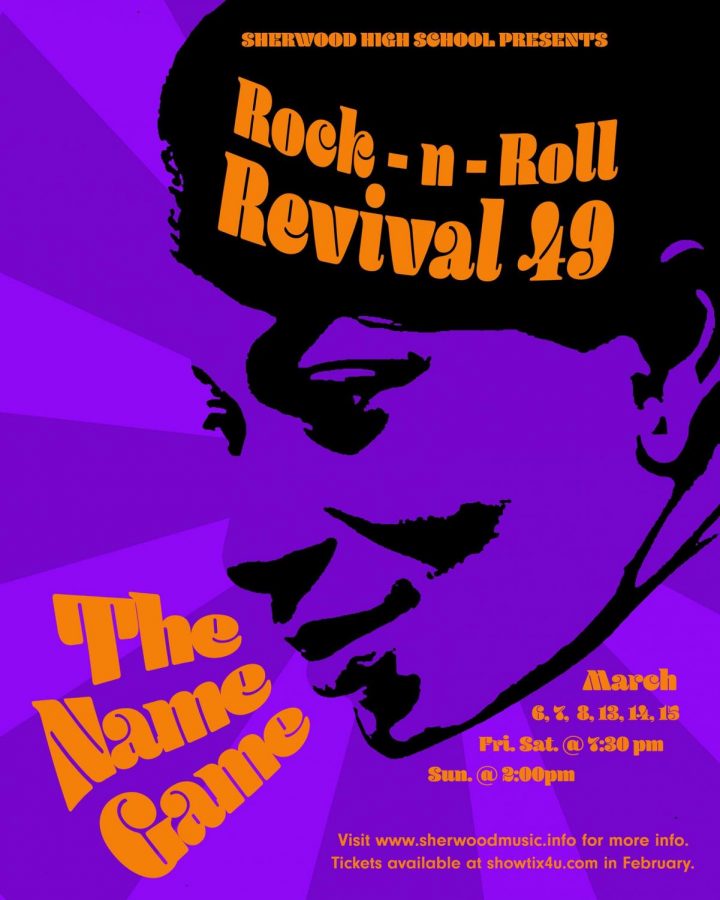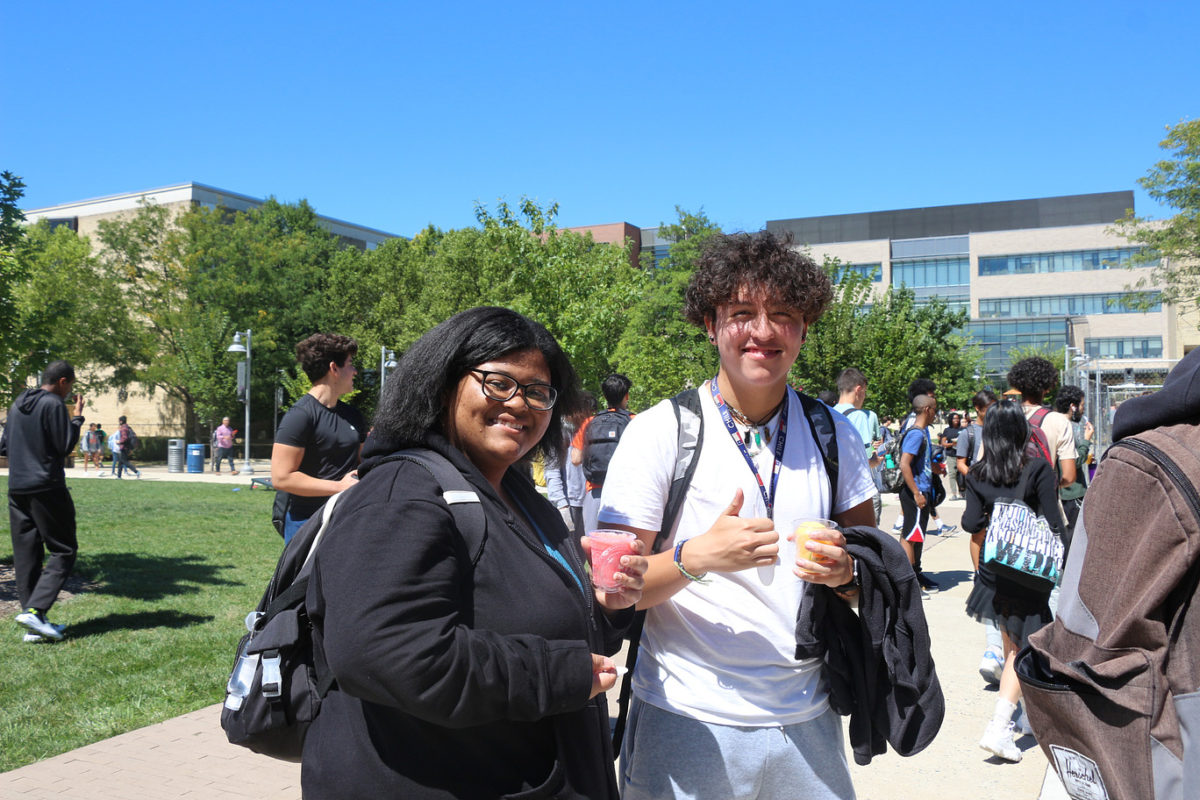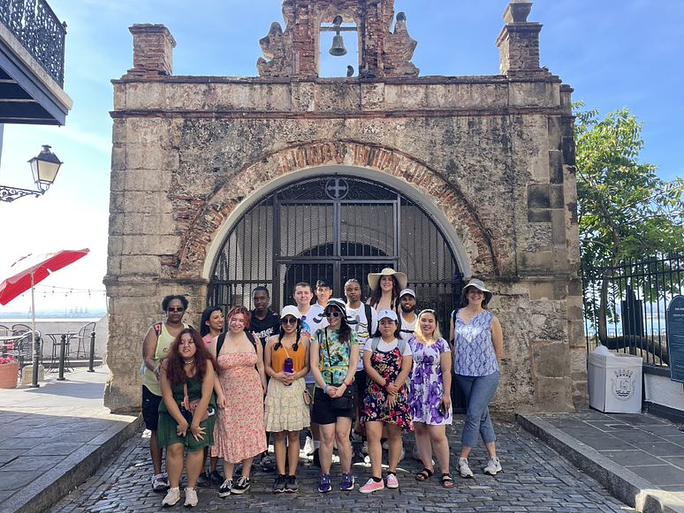“Problemista sounds like an invented art movement in the way that some people are Fashionistas, some people are Problemistas. I think I’m a Problemista,” actor Julio Torres muses during a virtual national college roundtable hosted by entertainment company A24 on March 1, 2024.
Torres wrote, directed, co-produced, and starred in “Problemista”, the journey of an aspiring toy designer from El Salvador, Alejandro, chasing his American Dream in New York City. Student journalists from Harvard, Princeton, Montgomery College, and more gathered to ask Torres questions about experiences, symbols, and themes in the film and its production.

“I love the specificity to be a toy maker – like who the hell wants that? Can you even get a degree in that? In regards to toys, often I just find it to be a very rich vessel for metaphor,” Torres explained, referring to his character’s career of choice.
The actor added, “playing with toys is a very early on developmentally important stage in a person’s life because it’s the first exercise in empathy, when you start feeling for something, as we do when we are kids. I think that that is hopefully something that we carry in our adult life.”

Misunderstood visionaries make up most of the character roster. Alejandro demonstrates this very early on in the film when toy manufacturing company Hasbro rejects his Talent Incubator application.
To secure his American work visa sponsorship, he finds himself working as an archivist for a cryogenics corporation that freezes artists. Torres’ character gets assigned to archive the paintings of a frozen artist named Bobby, portrayed by RZA in flashbacks, who exclusively paints eggs.
After losing his employment because of an unforeseen error, Alejandro has one month to find new sponsorship, represented by the motif of an hourglass. Then, Bobby’s partner, art critic Elizabeth, played by Tilda Swinton, takes Alejandro under her wing. The film proceeds to capture various art and handpicked Craigslist gigs Alejandro pursues, while simultaneously never abandoning brainstorming his ultimate goal of toy design.
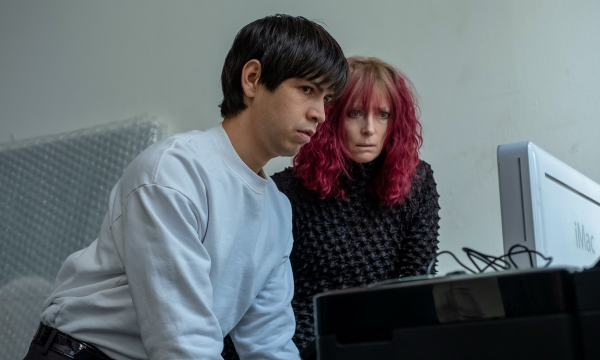
Why did Torres chose an hourglass to represent sponsorship? “I’ve connected with the sort of magical journey fairy tale of it… in itself it is not very threatening, not like a bomb. When an hourglass stopped, it just stopped and it’s completely silent.
“That is what, to me in my own experience, what immigration is: silent, baseless, sort of hovers over you. When the time stops, there’s no explosion – just you know that you’re out of time.”
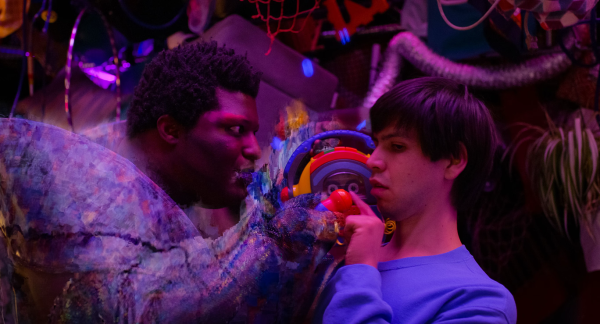
Torres likened Alejandro’s selective approach to work to his being vegan in real life. Even though he needs food, he explained, he also has taste: “Just because it’s an Impossible Burger doesn’t mean that I like it.” Moreover, just because Alejandro needs to survive as an immigrant in the United States, does not mean he cannot be picky.
“It looks like a more immature version of myself. I was writing a story about a poor little guy who has very little faults going through a very difficult system,” Torres reflected on Alejandro.
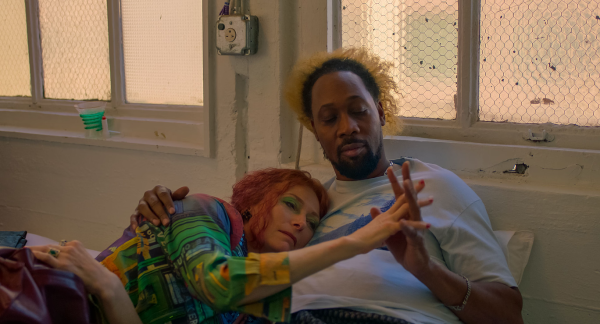
Other misunderstood creatives in the film include Bobby and Elizabeth. In a flashback in “Problemista”, Bobby reflects on feeling invisible until Elizabeth came into his life.
Regarding Bobby, Torres noted, “Bobby’s certainly in that category [too] – an outsider. The art world is pushing him out. But he also has integrity, and he knows what he wants to do and what he doesn’t want to do [in] the way he wants his eggs.”
“The way he wants his eggs” refers to preparing Bobby’s envisioned installation, which requires 13 eggs and the title “13 Eggs” – also a working title of “Problemista”. Torres commented, “thirteen eggs is such an impractical number. And he’s so unwavering… Imagine that someone at one point went up to Bobby and said, ‘I will pay you so much money if you make one painting that is not about an egg.’ And that he was like, ‘no, absolutely not.’”
Ultimately, Elizabeth sells the 13 egg paintings to the Roosevelt Island Gallery of the Arts rather then installs them there, after that gallery declined to exhibit all 13 paintings due to limited space. Through this, viewers see that no one understands her, Bobby’s art, nor the universal egg.
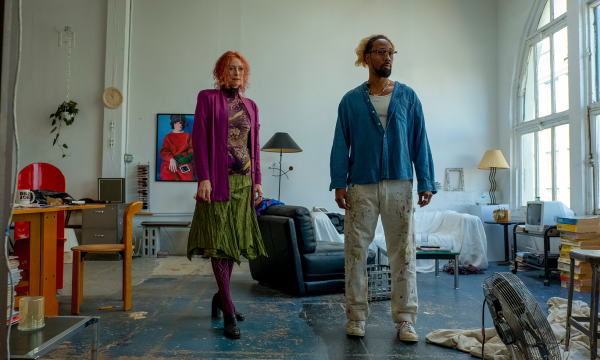
Julio Torres inspired college students with his filmmaking insights: “There was almost not a single scene in this movie that wasn’t at one point about to hit the cutting room floor because it’s like a movie that could go in so many different ways. So when people suggest cutting things from the movie, I never saw it as antagonistic – I just felt like, ‘oh, okay, so I have yet to continue to finesse this to the point where what I wanted in the movie made sense.'”
“Problemista” targets college students as its audience. Given the plethora of choices in college, students need not put their eggs all in one basket. “I just found the eggs emblematic of a promise, and the future is unfinished,” Torres explained to the roundtable.
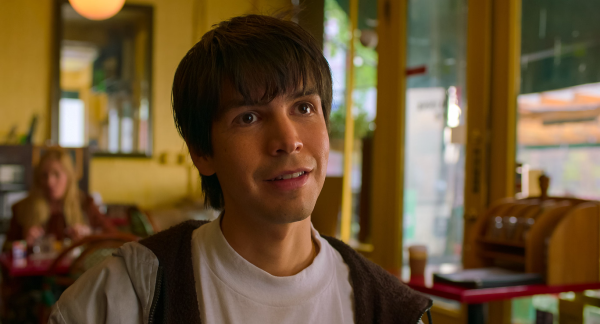
For more information on “Problemista”, including trailers, visit https://a24films.com/films/problemista
For showtime information, visit https://tickets.problemista.movie/


